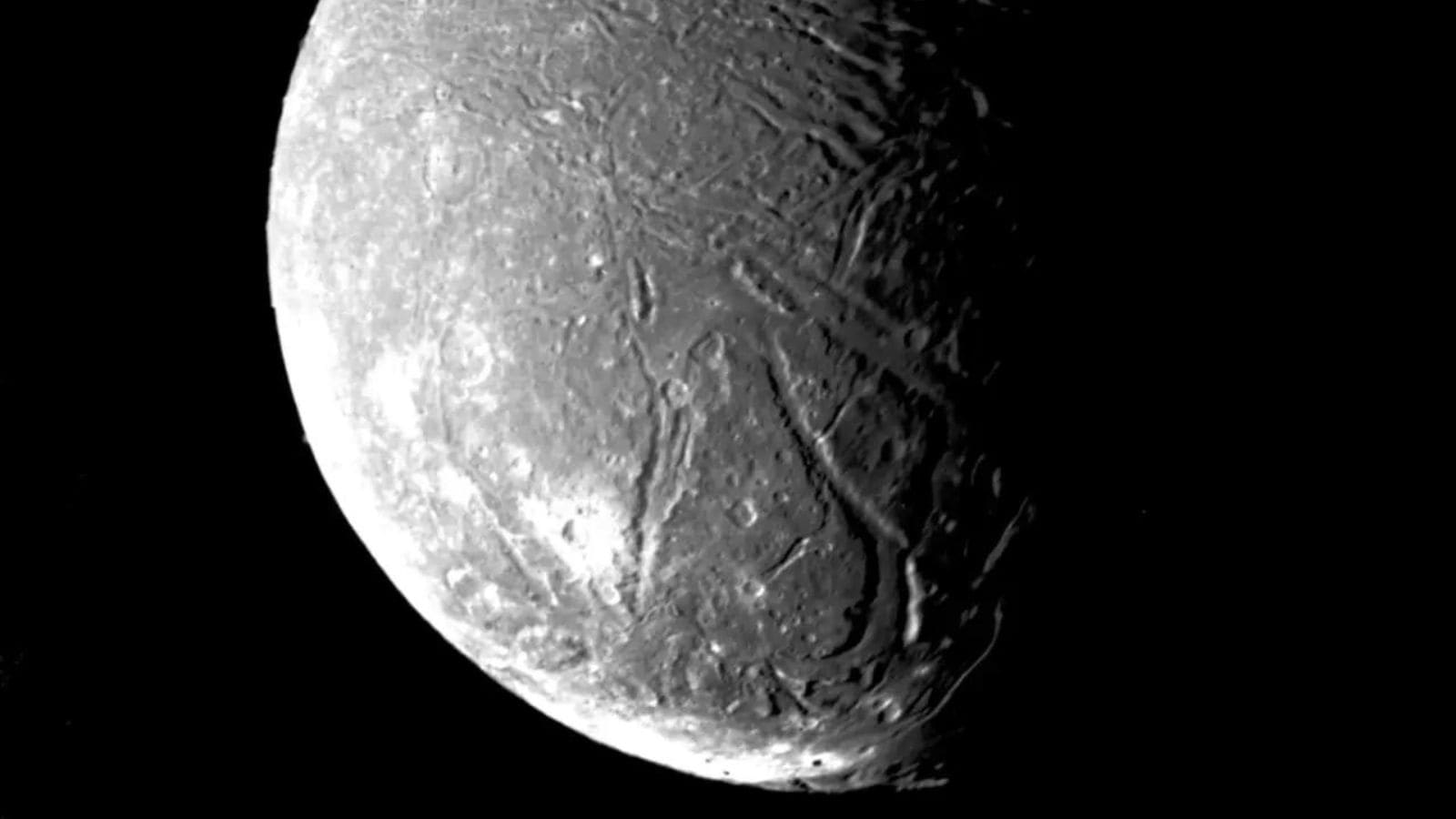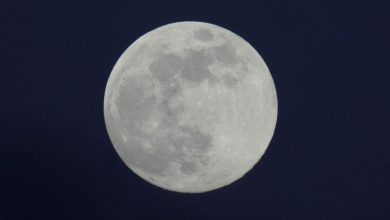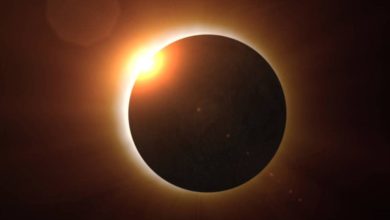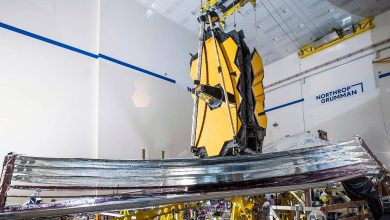James Webb Telescope uncovers possible underground ocean on Uranus’ moon | Technology News

Scientists believe they have made an important observation as part of their search for water across the solar system. Using the James Webb Space Telescope (JWST) developed by NASA, they have found the presence of carbon dioxide ice on the surface of one of the 27 moons that orbit Uranus.
The team working on the “Moons of Uranus” project has been closely studying four specific moons orbiting Uranus in order to find traces of ammonia, organic molecules, water, or carbon dioxide ice.
After 21 hours of gazing through the JWST, the scientists found that carbon dioxide ice was present on the surface of Uranus’ moon called Ariel. They believe that the carbon dioxide ice is an indication that there is a liquid ocean flowing underneath Ariel’s surface.
Based on existing research, it is possible that the underground ocean is undergoing certain chemical processes and releasing carbon dioxide, which is escaping to Ariel’s surface thanks to cracks in the ice. However, another theory suggests that Uranus’ magnetic field is breaking down molecules to produce the carbon dioxide ice on Ariel’s surface.
The researchers also found carbon monoxide as well as traces of carbonates on Ariel’s surface. These minerals are reportedly formed when water interacts with rocks. Underground oceans are already known to exist on three of Jupiter’s largest moons, and they hold significance because these hidden water bodies could potentially harbour or sustain life.
What do we know about Ariel?
Ariel is one of 27 moons revolving around Uranus, which is the third largest planet in the solar system. The moon was reportedly named after a character in one of William Shakespeare’s plays called “The Tempest”.
Several canyons, grooves, and smooth regions make up the surface of the icy moon. Ariel was first photographed in 1986 by NASA’s Voyager 2 which managed to capture a third of its surface.
Story continues below this ad
Given the recent indications that Ariel as well as other moons could be geologically active, scientists have urged NASA to plan missions to tour the Uranus system. However, the journey to these celestial bodies alone could take roughly 12 to 13 years.
© IE Online Media Services Pvt Ltd




